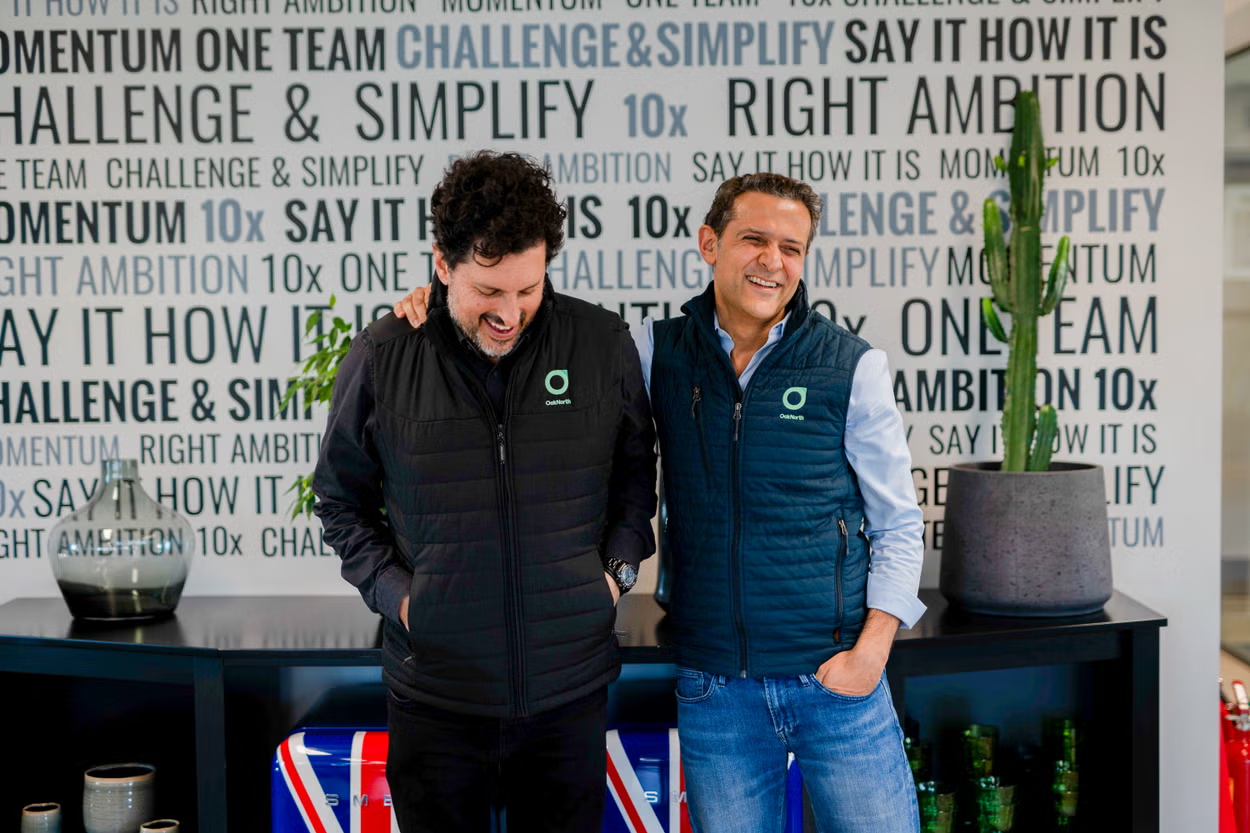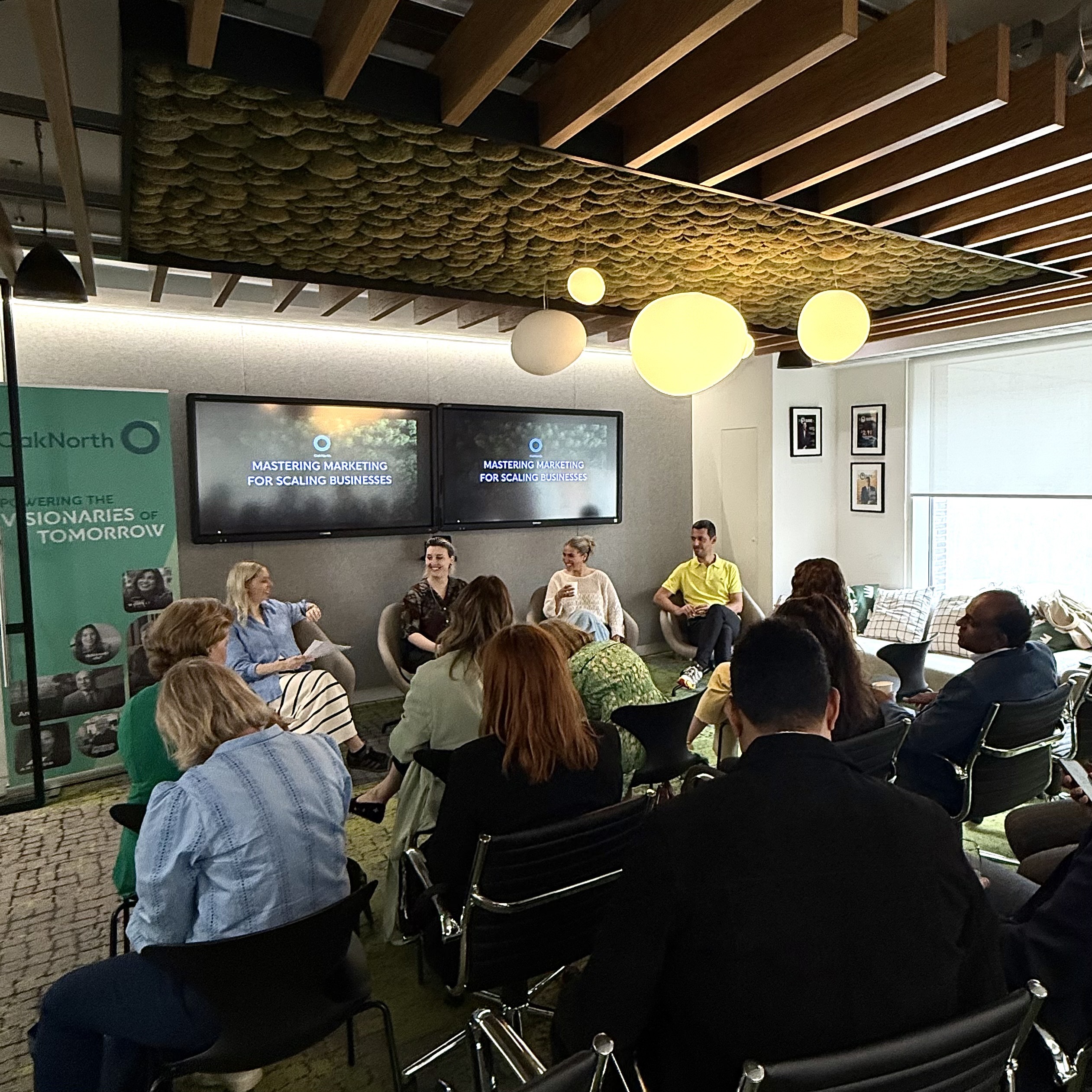Last week, the OakNorth office in Soho, London was abuzz with discussions among industry leaders in the real estate space. The event, co-hosted by GRI Club Europe, provided insights into the evolving landscape of middle market funds amidst heightened competition from various lenders. Let’s delve into the key themes that emerged from the conversations, moderated by Deepesh Thakrar, Senior Director of Debt Finance at OakNorth.
Market overview
The discussion kicked off with a reflection on the current state of the market. The group – which was made up of senior investors, lenders, asset owners, and developers in the real estate market – highlighted the abundance of credit options available, emphasising the liquidity present despite initial concerns about distress. However, the consensus was that the market slowdown would persist, driven by cautious lending practices and subdued construction activity.
Lender perspectives
Insights from lenders shed light on the challenges and opportunities in the market. Traditional lenders, while reluctant to pull the plug on financing, are adopting a cautious approach. Debt funds, on the other hand, are being more stringent in their lending criteria, contributing to a challenging environment for real estate transactions.
ESG considerations
Environmental, Social, and Governance (ESG) factors emerged as a crucial consideration for both lenders and investors. There was a growing emphasis on the importance of incorporating ESG practices into real estate investments, driven by regulatory pressures and investor preferences. However, it’s clear that challenges remain in quantifying the tangible benefits of ESG initiatives and aligning them with financial objectives.
Sector-specific insights
The discussion also touched upon specific sectors within real estate, such as student accommodation and co-living, that have seen continued demand and strong growth. These segments have demonstrated resilience, attracting interest from both lenders and investors. However, there was recognition of the need for innovative approaches to address evolving consumer preferences and sustainability concerns.
At OakNorth, we’re positioned to help our customers take advantage of opportunities as they arise, no matter the sector or season. In fact, we provided over £1.7bn of gross new lending facilities in 2023, continuing our track record of supporting the most ambitious and innovative businesses. A portion of this – c.$200m – was to businesses in the US, where we began lending in the latter half of last year – and we’re not slowing down any time soon.
In summary, while liquidity remains abundant, stakeholders face challenges posed by cautious lending practices, market uncertainties, and evolving ESG considerations. Moving forward, adapting to these dynamics will be key to navigating the ever-changing landscape of real estate investment and finance.
A big thank you to GRI Club Europe for co-hosting and to Candice Sammeroff from Trimont, David Pralong from Maya Capital and Jatin Ondhia from Shojin Property Partners for co-chairing the discussion. If you’d like to read the full report from the discussion, you can download GRI’s Middle Market Funds Report here.


